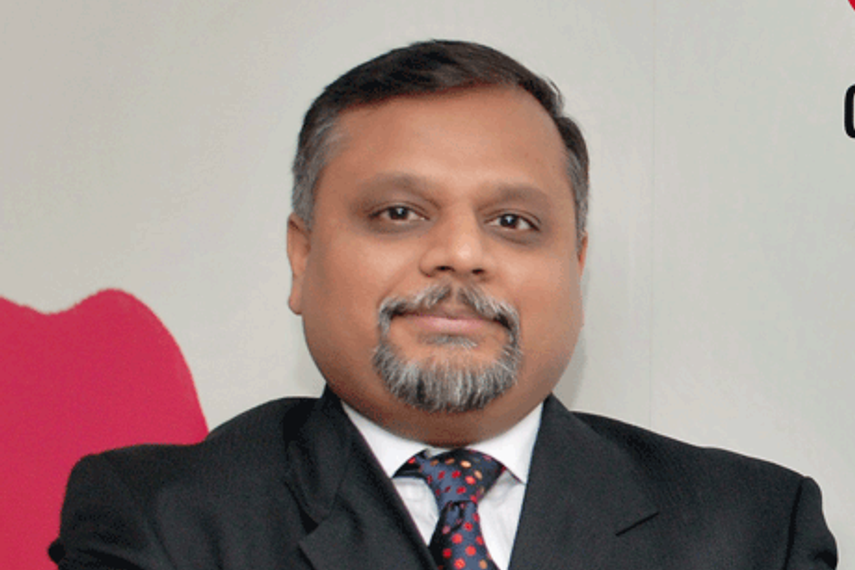
Tell us about Cheil’s growth in India. It’s been eight years now...
Cheil India is growing at 35 to 40 per cent annually. From 75 people in December 2011, we have grown to around 150 people today. From core advertising, we have seen growth in other areas like retail, activation and digital, which together account for 50 per cent of revenues today.
Last year, around 20 per cent of the staff would have been in non-advertising areas. Today, the number of people in retail, activation and digital too account for half the workforce, in sync with the revenue share.
How has the digital part of the business grown for Cheil in India?
We set out to build digital only one year ago. We have around 15 people in the division today. For the next one year, digital will be the focus area.
In India, digital is still at a very nascent stage today. Clients definitely don’t get it. And I think most agencies don’t either. The really good digital agencies are specialists at something – it could be social, buying or something else. But by their very nature, these specialists don’t understand the brand. Most big digital agencies are of a bygone era – they started with things like CRM and website creation. Today digital has leapfrogged all that. Today’s digital ideas are ideas that move, ideas that can activate.
When we look at the digital work that wins in award fests like Cannes, the quality of work in India is disheartening. But the Indian consumer is far ahead. The issue is that digital work today is not driven by digital strategy. We believe the time has come for digital to be the core strategy, especially for a technology client like Samsung. At Cheil, as a network, digital is at the core. We have an ongoing global social media project with a team in every major market.
In India, we’ve had two rounds of top-down expensive and extensive training in digital for every person at the agency. The need of the hour is to get more creative guys to think digital.
How do you see digital talent growing?
We’re trying to avoid building just the creative execution capabilities. We are building a team driven by ideation. Finding people for digital is extremely tough. They are the most expensive, have very little experience, and little or no expertise. And it’s a space where anyone can sound intelligent.
We are looking for someone to drive the digital mandate at Cheil, to build the business from a new age perspective. The person needs to evangelise digital within the agency, and amongst clients.
Business beyond Samsung: how aggressive are you on that front?
We started with Delhi Daredevils. They called for two different pitches in December 2011, one for advertising and the other for digital. We told them we’ll make one integrated presentation. The starting point was that we asked them why they needed advertising. They didn’t have a product to sell; they needed to engage fans. We rebuilt their website, managed social media, and the results were very satisfying. Along the way we’ve won clients like Polaris Automobiles, Hankook Tyres, SK Lubricants and Net4.
Clients have gone back to square one, and are demanding integrated solutions today, backed by an integrated planning process. That’s what we have been offering from day one. If you delink planning from execution, there is lack of synchronisation, lack of synergies.
How much does Samsung contribute to revenues – globally and in India?
Globally, I think it would be over 80 per cent; but in Korea, it would be over 50 per cent. In India, it is currently around 90 per cent.
We are growing on non-Samsung clients in India, but the Samsung business too is growing rapidly. It’s growing faster on the back of non-traditional services and that is likely to continue, with digital playing a bigger role.
The market is not seeing significant growth in traditional advertising. Other areas will grow faster. In the next two to three years, I see traditional advertising contributing a third of revenues, down from half today.
How difficult has it been attracting talent?
Three years ago, creative people were not even willing to talk to us. It was relatively difficult for us to attract talent. But it’s been getting better all the time. A very strong point of attraction is the power of the brand we work on. And over time, the market is getting to know about what really goes on in the agency. We won at Cannes this year with the ‘Minus One’ project. My phones are buzzing continuously now. The creative circle has gotten to know and is talking about it. We’re getting there. We have reputed creative professionals like Nima Namchu joining us (in August).
One of the challenges in attracting talent is also that we are a single office, in the National Capital Region (NCR).
So is that about to change, in terms of expansion to more cities?
Yes, we are expanding our geographic presence, but not with full-fledged offices. We’re in the process of setting up hubs in three cities outside NCR – Mumbai, Kolkata and Chennai. These will have small teams of 6 to 8 people in each office, and handle regional execution for advertising, besides retail and activation.


.jpg&h=334&w=500&q=100&v=20250320&c=1)
.jpg&h=334&w=500&q=100&v=20250320&c=1)

.jpg&h=334&w=500&q=100&v=20250320&c=1)


.jpg&h=334&w=500&q=100&v=20250320&c=1)


.jpg&h=334&w=500&q=100&v=20250320&c=1)
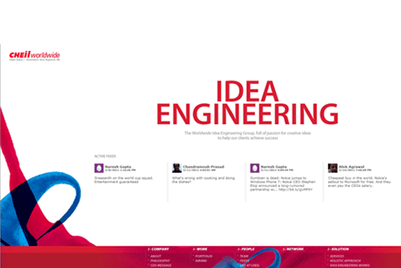
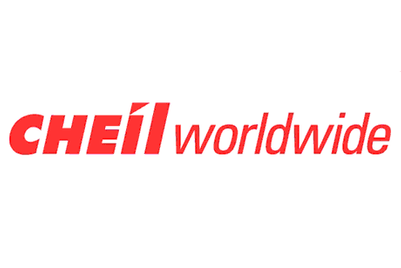
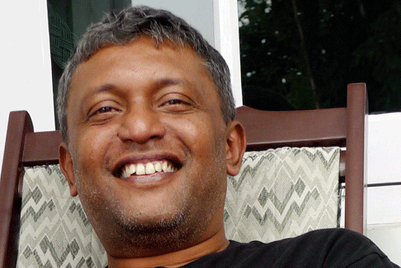
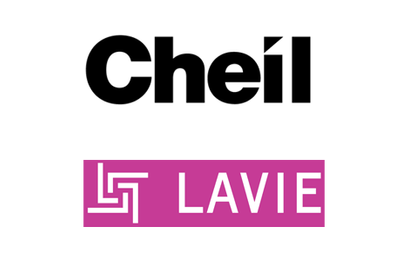



.jpg&h=268&w=401&q=100&v=20250320&c=1)
